Shamrock
According to Charles Nelson, one of Ireland’s leading botanists, “Shamrock exists only on St. Patrick’s Day. Every other day...it’s known as young clover.” The Shamrock is recognized world wide as a symbol of Irishness. Dating back to Celtic times, the history of the shamrock defies Mr. Nelson’s definition.
Celts, Saints And Rebels
The Celts held the number 3 in special regard and the story goes that St Patrick cleverly tapped into this, using the shamrock to teach the Celts about the Holy Trinity. Merging Celtic symbolism with Christian meaning, the 3 leaves of the shamrock represented the Father, the Son and the Holy Spirit.
As Ireland’s Patron Saint, St Patrick and his shamrock are now iconic symbols of Ireland recognised the world over. However it wasn’t always so — the opinion of one scholar from the 1600s was that “only the vulgar,” wore a badge of Shamrock on St Patrick’s Day to commemorate the Saint.
Perhaps playing up to this characterization, the Shamrock was adopted as the emblem of the Irish Volunteers in the 1700s and was associated with rebellious, nationalistic views. Queen Victoria’s government forbade all Irish regiments to wear shamrocks in the 19th century, an act which may have cemented Irish affection for this symbol forever-more!


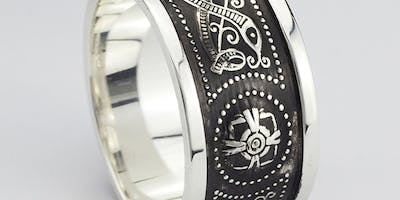

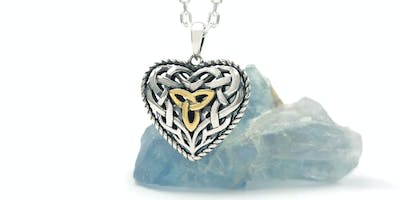
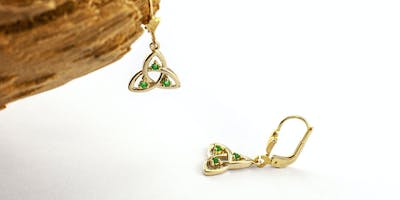

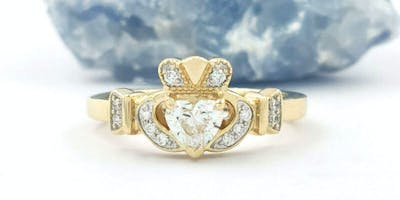
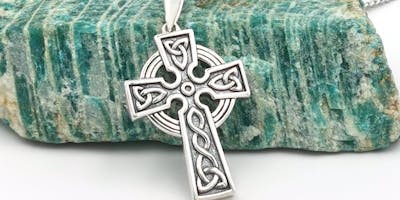



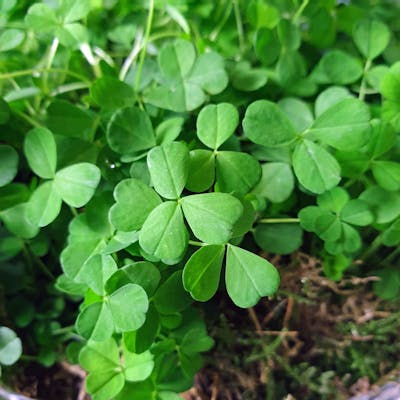
 Ask Gemma
Ask Gemma